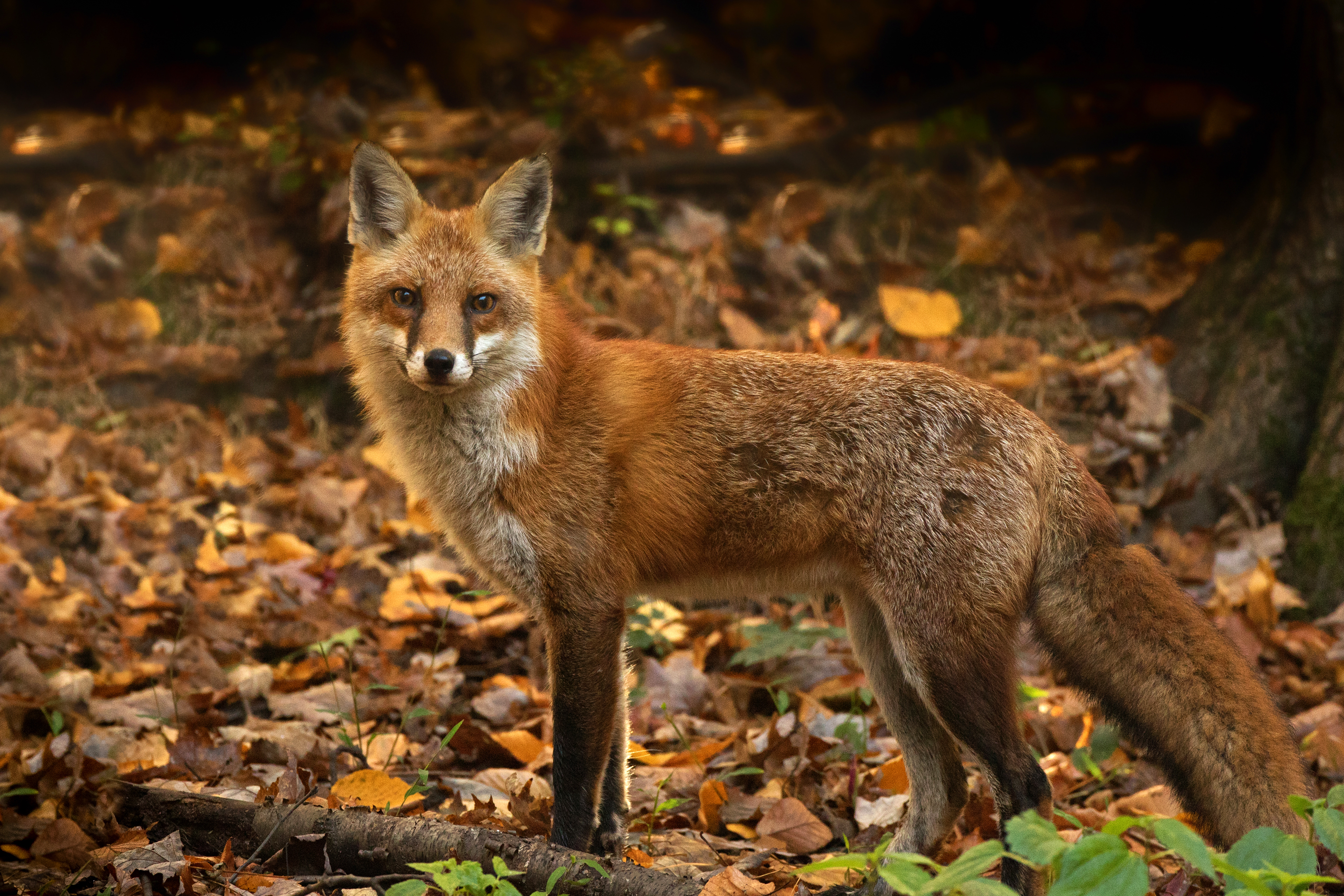The fox, a member of the Canidae family, is a creature renowned for its agility, intelligence, and adaptability. Native to a range of environments from the Arctic tundra to desert regions, foxes have captivated human imagination for centuries with their elusive nature and striking appearance. Their adaptability to diverse habitats, including urban areas, highlights their remarkable survival skills.
Foxes are generally small to medium-sized mammals, characterized by their slender bodies, bushy tails, and pointed ears. The most common species is the red fox, known for its vibrant reddish-orange fur, but foxes can also be found in various colors and patterns depending on the species and their environment. Their coats are not just for show; they serve as excellent insulation against cold weather and camouflage in different landscapes.
The diet of a fox is omnivorous, meaning they consume a wide variety of foods. They are opportunistic feeders, which allows them to thrive in various environments. Their diet includes small mammals, birds, insects, fruits, and even garbage in urban areas. This adaptability in diet is one of the reasons why foxes have been so successful in colonizing diverse habitats.
Foxes are also known for their unique vocalizations, which are used for communication. They can produce a range of sounds, from high-pitched screams to low growls. Each vocalization serves a different purpose, whether it’s to warn of danger, communicate with mates, or establish territory. Their calls are particularly prominent during the mating season, which is a crucial time for establishing and maintaining relationships.

In the wild, foxes are solitary animals, except during the breeding season when they form pairs. They are known for their cunning and intelligence, traits that have led to their portrayal as clever characters in folklore and fables. This cleverness is reflected in their hunting techniques and problem-solving abilities. Foxes are adept hunters and use a combination of stealth and strategy to catch prey.
Reproduction in foxes typically involves a monogamous pair that stays together for the breeding season. After mating, the female fox, known as a vixen, gives birth to a litter of pups, usually ranging from four to six. The pups are born blind and deaf and rely heavily on their mother for warmth and nourishment. Over time, they grow stronger and more independent, learning essential survival skills from their parents.
Foxes have also adapted well to urban environments. In cities, they often find shelter in parks, abandoned buildings, or under decks. Their adaptability to urban life is a testament to their survival skills. In some cities, foxes have become a common sight, scavenging for food and navigating the complexities of city life. Their presence in urban areas can sometimes lead to conflicts with humans, particularly when they scavenge through garbage or raid chicken coops.

The conservation status of foxes varies by species and region. While some species are abundant and widespread, others are threatened or endangered due to habitat loss, hunting, and other factors. Conservation efforts are essential to ensure that these fascinating creatures continue to thrive in their natural habitats. Protecting their environments and mitigating human-wildlife conflicts are crucial steps in preserving fox populations.
Culturally, foxes have held significant symbolism in various societies. In many cultures, they are seen as symbols of cunning and trickery. For example, in Japanese folklore, the fox, or “kitsune,” is believed to possess magical abilities and is often depicted as a shape-shifter. Similarly, in Western folklore, foxes are frequently portrayed as clever and crafty characters in fables and stories.
Foxes also play a role in scientific research. Their adaptability and varied diet make them valuable subjects for studies on ecology, behavior, and evolutionary biology. Research on foxes helps scientists understand more about animal behavior, adaptation to different environments, and the impacts of human activities on wildlife.

In conclusion, foxes are remarkable animals with a wide range of adaptations and behaviors that allow them to thrive in various environments. From their striking appearance and diverse diet to their role in folklore and scientific research, foxes continue to fascinate and intrigue people around the world. Their ability to adapt and survive in both wild and urban settings is a testament to their resilience and intelligence. As we continue to learn more about these elusive creatures, it is important to remember the role we play in their conservation and to respect their place in the natural world.
